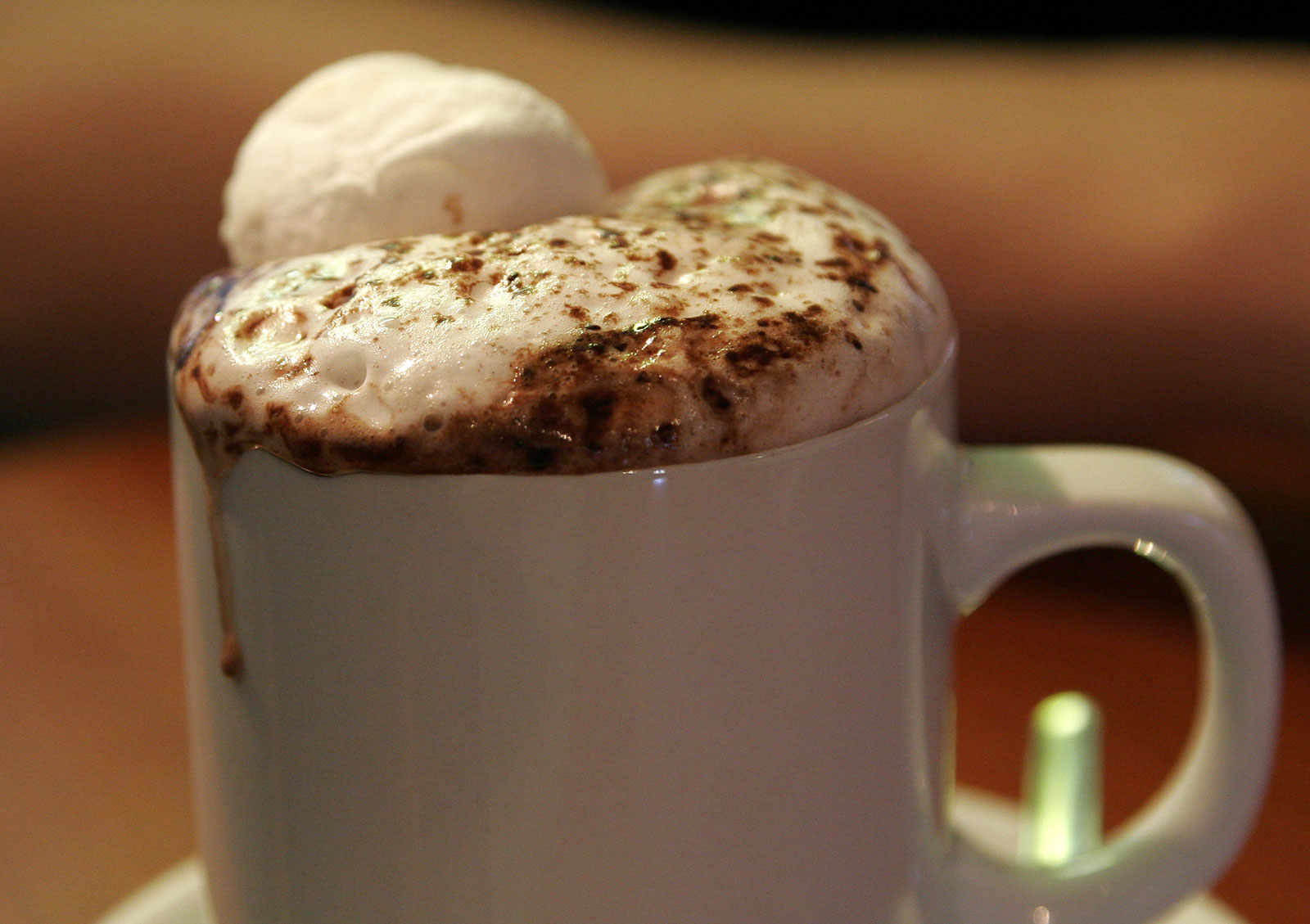
Hello everyone! It's been a little while since I got back from my ten day journey to
Buenos Aires. I thought I'd share with you all a few typically Argentine foods.
Parrillada - Argentina is famous for its beef, and a typical way to enjoy it is grilled on a
parrilla. It's just flavorful and juicy and fresh. It's not marinaded in any way but is served with
chimichurri sauce on the side. This is a strongly seasoned salsa, with some tomatoes but more peppers, onions, vinegar, and Italian seasonings. My favorite was the
bife de lomo which I believe translates to tenderloin. The non-bovine samplings of the
parrillada mixta are also worth a go.
Medialunes - These pastries are found in every coffee shop in
Buenos Aires, often cheaper than
toasta. The name translates to "half moons" which I imagine refers to their shape, which resembles small
croissants. They come in two varieties:
con manteca (with butter) or
con gris (with lard). They are often slightly sweet, the butter variety more so than the lard. My family and I universally preferred those made with lard.
Empanadas - These are basically a pocket of slightly flaky dough stuffed with filling and baked. That description reminds me of Hot Pockets, but these are a million times better. Argentina is one of many countries where they are popular. My impression is that the flavorings of the fillings vary by region - for example, my mother-in-law's beef
empanadas resemble those I had in
Buenos Aires, where she learned to make them, other
empanadas I've had have been somehow different. Regardless, they're always wonderful.
Alfajores - Dulce de leche is a Latin American treat that does seem to be slowly catching on here in the US, at least with
Haagen Dasz. It's basically a sort of loose caramel made entirely with milk and sugar, and a little vanilla. I've also heard it called milk jam, usually when translated. You can make a close approximation by boiling an unopened can of sweetened condensed milk in a pot of water for about three hours. If you really make it you have to stir for three hours, or so I've been told. Anyway, it's wonderful stuff, and it occurred to some bright person that it belonged in a cookie, and that cookie/
dulce de leche sandwich is an
Alfajor. They can be covered with chocolate or meringue, or filled with other things like chocolate and jam, but
dulce de leche is traditional and, according to most of those I asked, the best.
Yerba Mate - I'd feel remiss not mentioning this national beverage when talking about Argentine food, but to be honest I'm not too fond of it myself. I think it's originally part of the cowboys on the pampas part of Argentine culture, and can be drank ritually but I'd better not go into details that I don't know and make a fool of myself.
Mate is an herb with which one can make a tea-like infusion that has an enormous amount of caffeine.
Mate cocido comes in tea bags, and I'm fine with it this style. But the way it's really done is to stuff a container (traditionally a hollowed gourd) full with loose, dry leaves. Then you pour hot water into it and consume with a metal straw that has a filter on the end. You then refresh the water many times. I can't deal with this. I find the strong
mate bitter and I've never mastered drinking very hot water through a metal straw and not burning my entire mouth. My husband loves it, though, and he is seemingly joined by everyone in Argentina and Uruguay, and a few other countries too, for all I know. I saw lots of people walking around,
mate in hand, and even once saw a man selling thermoses of hot water in the street.
A few other things about food in Argentina. There is no such thing as "a quick bite to eat" as far as I can tell. Take out is meant to be taken home, not eaten on the street. Lunch breaks are often two hours, and that time is needed. You sit, you chat, you enjoy, and eventually you ask for the check and go. I don't think I even sat down for coffee without it taking an hour.
Speaking of coffee, it was universally good in Argentina. They simply do no seem to know how to make weak or burned coffee. Tea came with a pot of water - well, that's becoming more common here. Hot chocolate was super rich and came with hot milk in case you wanted to dilute. They always came with a few cookies and often a small cup of water. I'd order a hot chocolate and get three things on the table.
I was a bit disappointed with the vegetables in general, but there were exceptions. The most common choices seem to be spinach and squash, and neither are my favorites. The cheese was also a bit off. The good cheese was good, but the run-of-the mill cheese had an unfamiliar flavor that didn't bother me at first, but I soon started to avoid.
Anyway, eating didn't take up my entire vacation (though really, a large chunk was spent in coffee shops), but since this is a food blog I'll leave it there.






